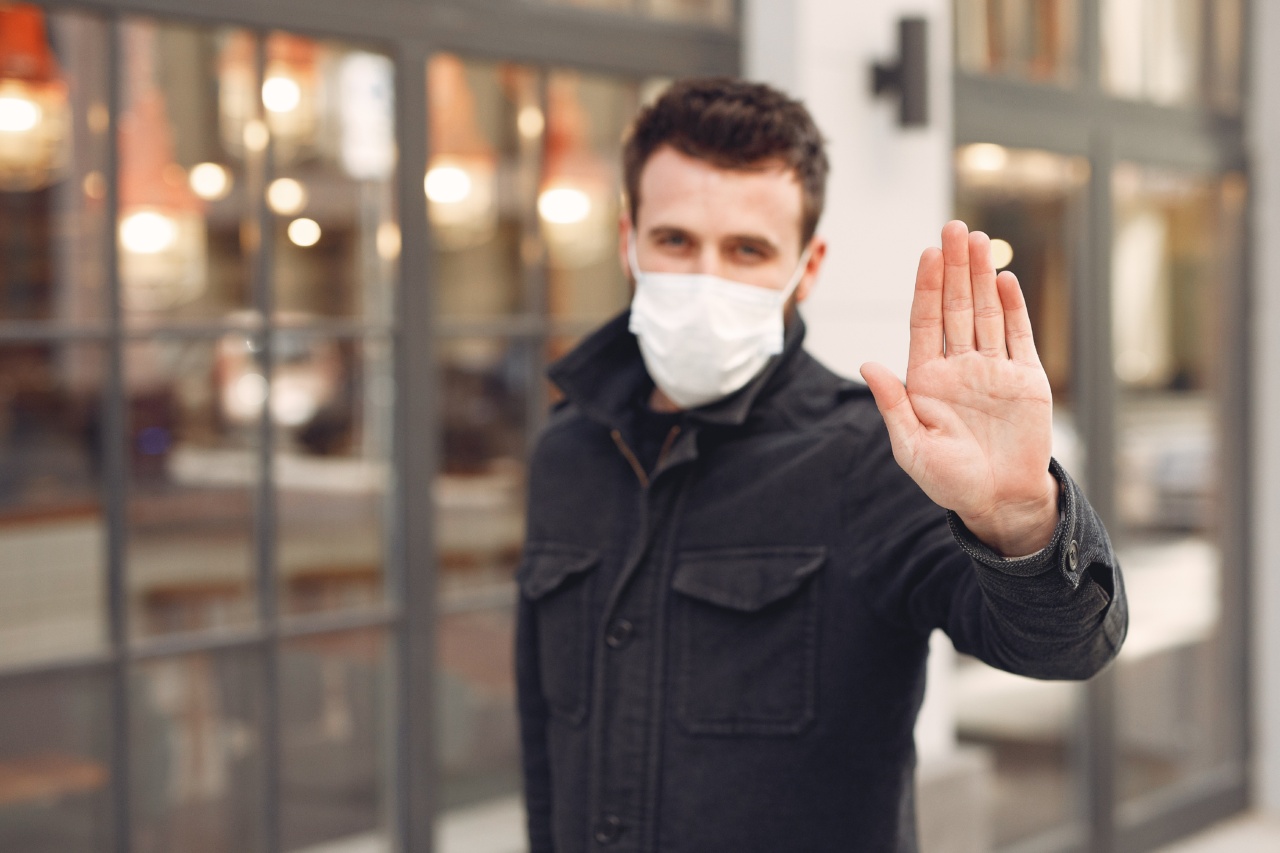Experts are sounding the alarm as Europe sees a sharp rise in HIV infections, reigniting concerns about the spread of the virus and the need for a coordinated response.
With new cases on the rise, health authorities are scrambling to tackle this looming public health crisis.
Increased prevalence of risky behaviors
One of the factors contributing to the surge in HIV infections is the increased prevalence of risky behaviors among certain populations.
Experts point to an increase in unprotected sexual encounters, the sharing of needles among drug users, and a decline in condom use as major contributors to the rise in infections.
Challenges in prevention efforts
This sharp spike in HIV infections has also exposed the challenges faced by prevention efforts in Europe.
Many countries have struggled to adequately address the issue due to limited resources, stigmatization surrounding HIV/AIDS, and insufficient education about safe sex practices. These factors have hindered the effectiveness of prevention campaigns, leaving vulnerable populations at a higher risk of contracting the virus.
Insufficient access to testing and treatment
Another pressing concern is the lack of access to testing and treatment for HIV. Many individuals remain unaware of their status due to limited availability of testing facilities or reluctance to get tested.
Similarly, a significant number of those who are diagnosed with HIV do not have access to proper treatment and care, leading to the progression of the disease and increased transmission rates.
The role of societal stigma
Societal stigma surrounding HIV/AIDS remains a significant barrier to effective prevention and treatment strategies. Discrimination and fear of judgment prevent individuals from seeking testing and treatment, perpetuating the cycle of infection.
Addressing stigma and promoting awareness and acceptance is crucial in improving access to healthcare services and reducing new HIV infections.
The impact of migration
Migration patterns in Europe have also played a role in the rising HIV infections. As individuals move across borders, they often face barriers in accessing healthcare services, including testing and treatment for HIV.
Migrants are more likely to engage in risky behaviors due to factors such as social isolation, limited support networks, and lack of knowledge about available services.
Reinforcing prevention efforts
Experts stress the importance of reinforcing prevention efforts to curb the spread of HIV in Europe.
This includes increasing awareness through targeted campaigns, promoting safe sex practices and condom use, and ensuring widespread access to testing and treatment. Investment in comprehensive sex education programs and harm reduction initiatives for drug users is also crucial to tackling the root causes of the epidemic.
Collaboration at the national and international level
Addressing the HIV crisis requires a coordinated response at both the national and international level. Sharing best practices, resources, and expertise can help countries develop effective prevention strategies and policies.
Collaboration between healthcare providers, governments, NGOs, and affected communities is essential in addressing the complex challenges posed by the increase in HIV infections.
Challenges and opportunities in the era of COVID-19
The COVID-19 pandemic has further exacerbated the challenges faced by HIV prevention efforts in Europe.
COVID-19-related restrictions on healthcare services, limited resources, and disruptions to supply chains have impacted the availability and accessibility of HIV testing, treatment, and prevention services. However, the pandemic also offers opportunities for integrated approaches, where efforts to control both HIV and COVID-19 can be combined to strengthen healthcare systems and enhance health outcomes.
Combating HIV stigma and discrimination
Reducing stigma and discrimination towards people living with HIV is crucial in ensuring access to treatment, care, and support.
Education campaigns aimed at dispelling myths and misconceptions about HIV can help combat stigma and promote empathy and understanding. Human rights-based approaches that focus on the dignity and well-being of all individuals, regardless of their HIV status, are essential to achieving effective HIV prevention and treatment.
Conclusion
The sharp rise in HIV infections in Europe has raised serious concerns among experts and highlighted the need for urgent action.
By addressing the factors contributing to the surge in infections, improving access to testing and treatment, combating stigma, and fostering collaboration at all levels, Europe can work towards reducing HIV transmission and improving the quality of life for individuals living with the virus.




























